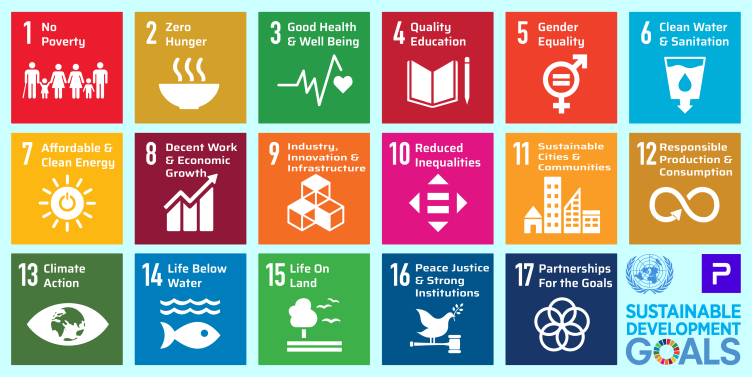
23 Jun, 2023
Integrating SDGs into Sustainability Reporting: A Comprehensive Guide
Introduction
In today's rapidly evolving business landscape, sustainability has become a key focus for companies of all sizes and sectors. As the world faces pressing challenges such as climate change, poverty, and inequality, businesses are increasingly recognizing the need to align their operations with the Sustainable Development Goals (SDGs) set forth by the United Nations.
This comprehensive guide aims to provide companies with a three-step process to effectively integrate the SDGs into their sustainability reporting. By prioritizing SDG targets, setting related business objectives, and measuring and reporting on progress, businesses can better understand their impact on the SDGs and address the information needs of relevant stakeholders.
Step 1: Prioritizing SDG Targets
The first step in integrating SDGs into sustainability reporting is to conduct a principled prioritization of relevant SDG targets for your business. This involves aligning your company's values, purpose, and activities with the goals outlined in the SDGs. By identifying the targets that are most relevant to your business, you can focus your efforts on areas where you can make the greatest impact.
It is important to note that prioritization should be done in a way that is aligned with the Ten Principles of the UN Global Compact, the UN Guiding Principles on Business and Human Rights, and the GRI Sustainability Reporting Standards. This ensures that your business operates ethically and responsibly while contributing to the achievement of the SDGs.
Step 2: Setting Business Objectives
Once you have identified the relevant SDG targets for your business, the next step is to set related business objectives. These objectives should be specific, measurable, achievable, relevant, and time-bound (SMART). By aligning your business objectives with the SDGs, you can ensure that your sustainability efforts are aligned with the global agenda for sustainable development.
Setting business objectives can involve a range of activities, such as implementing sustainable practices within your operations, developing innovative products or services that address specific SDG targets, or collaborating with other stakeholders to achieve shared goals. By integrating the SDGs into your business objectives, you can demonstrate your commitment to sustainability and attract stakeholders who share your values.
Step 3: Measuring and Reporting on Progress
The final step in integrating SDGs into sustainability reporting is to measure and report on your progress towards achieving your business objectives. This involves collecting relevant data, establishing key performance indicators (KPIs), and regularly monitoring and evaluating your sustainability initiatives.
To effectively measure and report on progress, it is important to use recognized frameworks and standards. The Global Reporting Initiative (GRI) provides essential tools for integrating the SDGs into private sector reporting. These tools, which include qualitative and quantitative disclosures for SDG targets, can help businesses of all sizes and sectors report on their contributions to the SDGs.
In addition to using the GRI tools, it is recommended to leverage other relevant resources released by GRI, the UN Global Compact, and their partners. These resources can provide further guidance on reporting requirements, best practices, and case studies that highlight successful approaches to integrating the SDGs into sustainability reporting.
Conclusion
Integrating the SDGs into sustainability reporting is not only a responsibility but also an opportunity for businesses to contribute to a more sustainable future. By following the three-step process outlined in this guide, companies can prioritize SDG targets, set related business objectives, and measure and report on their progress.
As businesses embrace sustainability as a core value, it is crucial to align their operations with the global agenda for sustainable development. By integrating the SDGs into sustainability reporting, businesses can demonstrate their commitment to sustainability, attract stakeholders who share their values, and contribute to the achievement of the SDGs.
Remember, sustainability is a journey that requires continuous improvement and collaboration. By working together, businesses can create a more sustainable and inclusive world for future generations.